Vitamin C is a vitamin, also known as Ascorbic acid, which has an extremely important biological definition and effect. It is necessary for every living cell.
The useful vitamin carries hydrogen and participates in all redox processes. It is actively involved in protein metabolism and the formation of connective tissue and especially bones and teeth. In addition, ascorbic acid is an antioxidant, ie it protects cells from free radical damage.
Foods with vitamin C are mostly citrus fruit, herbs, vegetables (peppers, broccoli, cabbage, tomatoes, potatoes).
This vitamin is unstable to temperature, as a result of which the cooking process (heat treatment, such as boiling, stewing, frying, etc.) leads to its partial or complete destruction, depending on the duration and aggressiveness of the type of heat treatment applied to the products. Therefore, cooked foods contain much less vitamin C than fresh foods.
Vegetables should be fresh. It is important to store them in a cool, moist and dark place, so that they do not dry out. Cleaning and cutting vegetables should be done immediately before heat treatment. If vegetables are eaten raw, such as salad, they should be sliced just before serving.
The same goes for making fruit juices to avoid destroying vitamin C from oxygen in the air.
When cleaning some vegetables, such as potatoes or carrots, the surface layer should be separated very thinly.
Peeled vegetables should not be soaked in water, as the water releases water-soluble vitamins and minerals and that way most of the vitamin is lost.
When boiling the vegetables, they should be placed in boiling water, since at high temperatures vitamin C is preserved. The water must cover them. Boil, until they soften and immediately remove them from the heat. The more the vegetables are boiled, the more they lose their vitamins.
Vegetables should not be blanched, because if they are cut, the mineral salts and water-soluble vitamins that pass through the water are lost.
Vegetable dishes are desirable to be consume immediately after preparation, otherwise after a long stay they lose their vitamins.
When reheated, the vitamin is completely lost.
How to cook the most used vegetables?
Carrots should be washed very well under running water and with a brush before cooking. It is advisable not to remove the top layer, because carotene and mineral salts are there. Boil them in a little water in a closed vessel, until they soften.
Potatoes allow a great variety in cooking. A dietary dish is mashed potatoes. When cooking peeled mashed potatoes, the water should cover them, so that when cooked, the small amount of water that remains will be used for the puree.
Beetroot contain vitamin C, which is resistant to heat treatment. Suitable for making beetroot salads and beetroot soups.
In order to preserve the valuable qualities of spinach during processing, it is washed well without soaking in water. Put it in a cookware and stew it without water or a very small amount. The best way to cook spinach is to stew the leaves in a little fat.
Cabbage should be boiled at a moderate temperature, until it softens. Boiling it for too long impairs its taste and destroys vitamin C. Fresh cabbage juice is especially healthy and contains a lot of vitamin C.
Vitamin C breaks down less when steaming vegetables, than when boiling with water.
Products with vitamin C per 100 g
Sweet red pepper - 250 mg
Sweet yellow pepper - 150 mg
Brussels sprouts - 120 mg
White cabbage - 60 mg
Beans - 20 mg
Zucchini - 15 mg
Beetroot - 10 mg
Cucumbers - 10 mg
Onions - 10 mg
Eggplant - 5 mg
Potatoes - 2 mg
Parsley - 150 mg
To be healthy and beautiful, eat more fruit and vegetables. Fill the body with nutrients, especially since there is a lot to choose from.
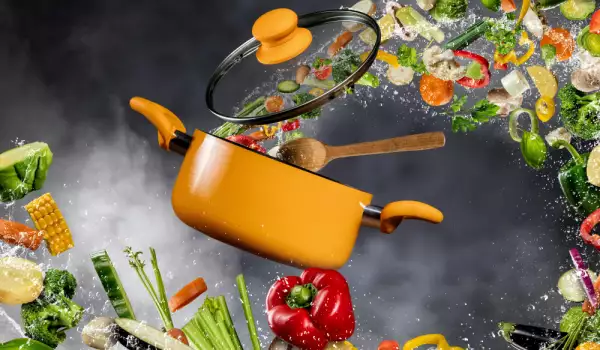

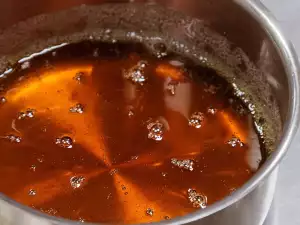
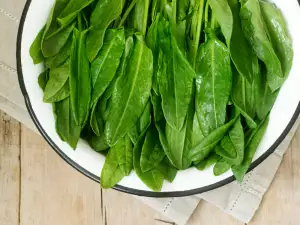
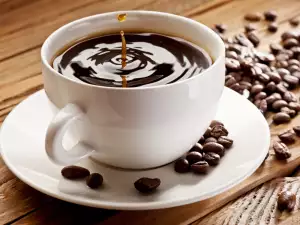
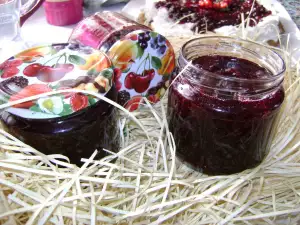
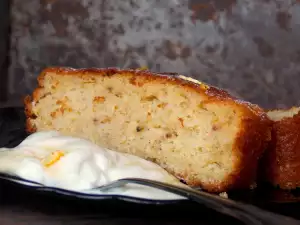

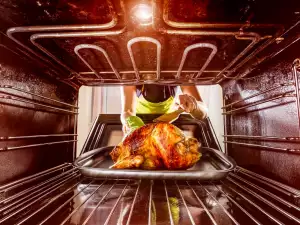
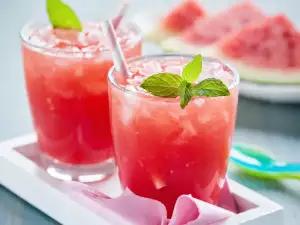
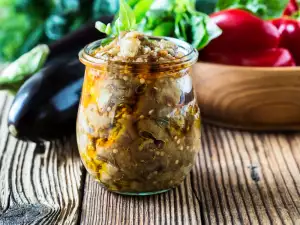
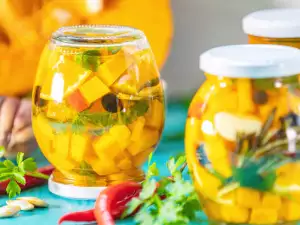
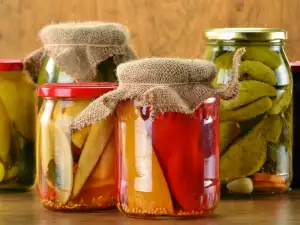
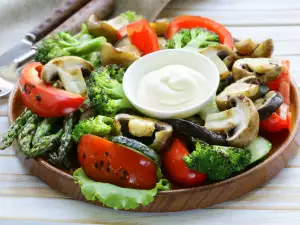
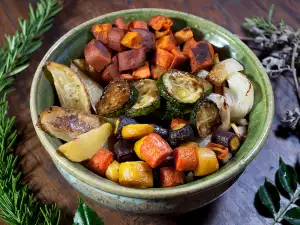
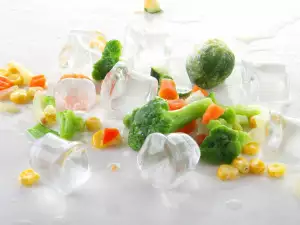



Comments